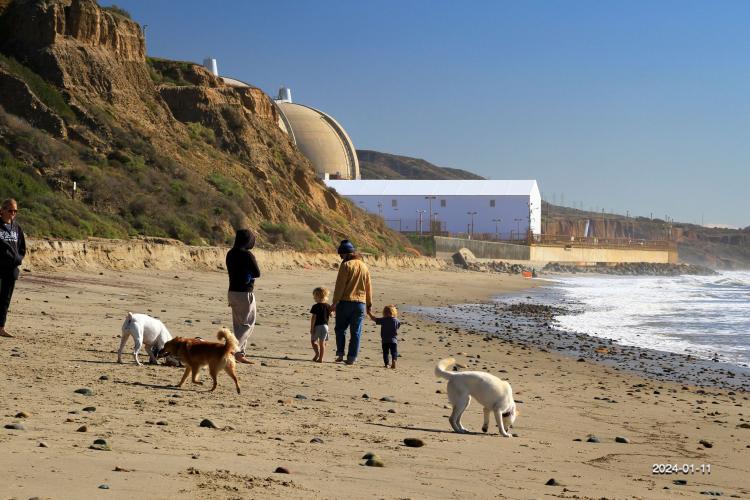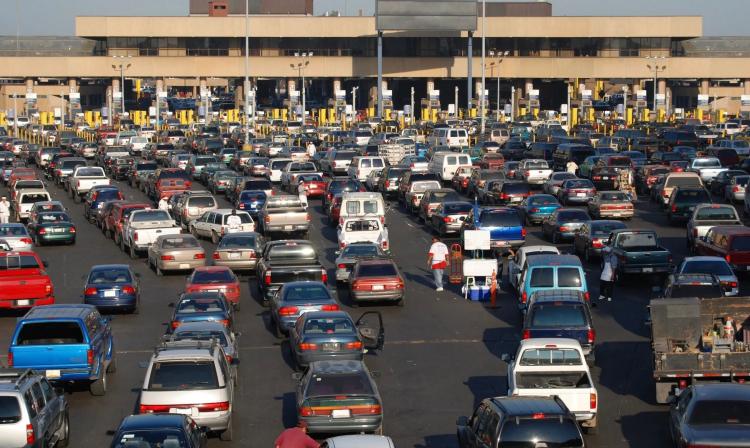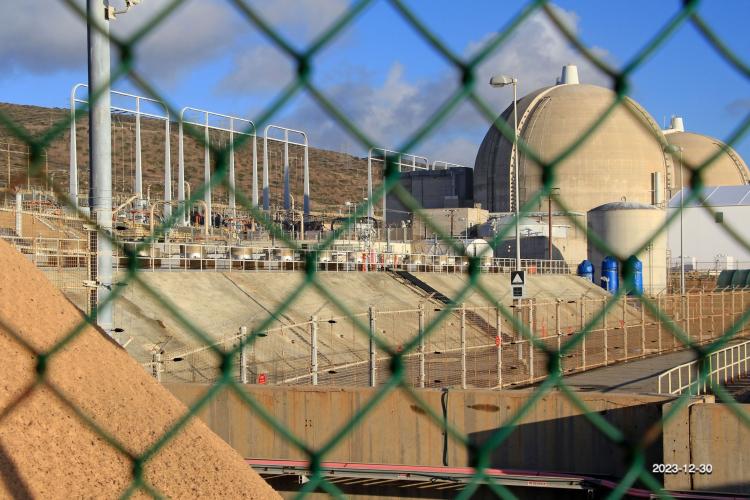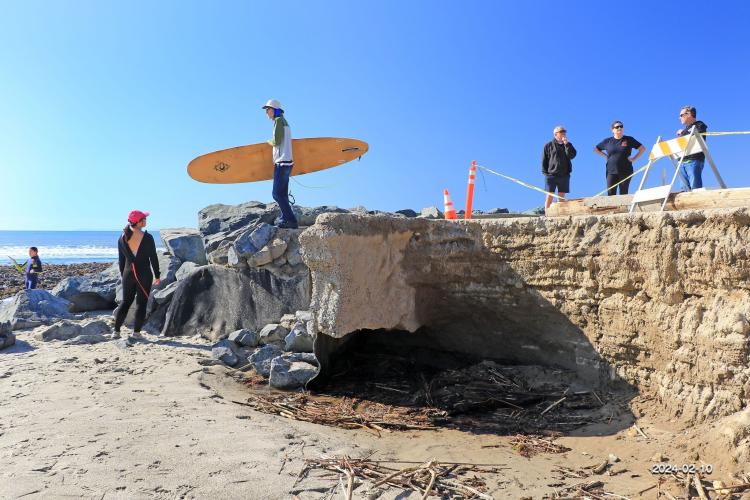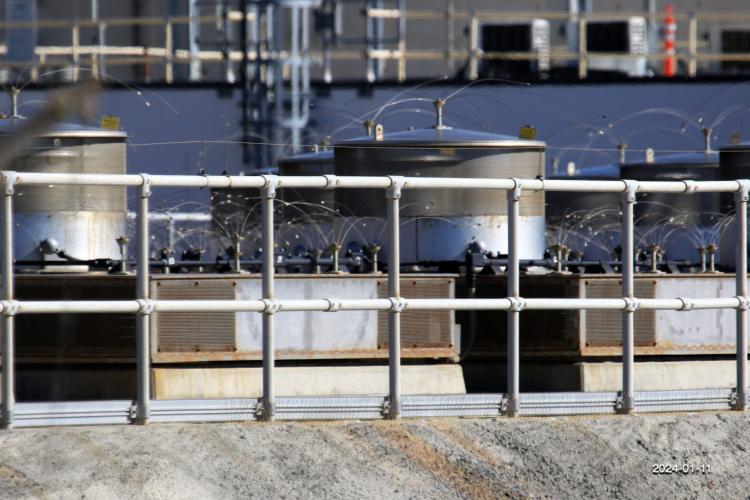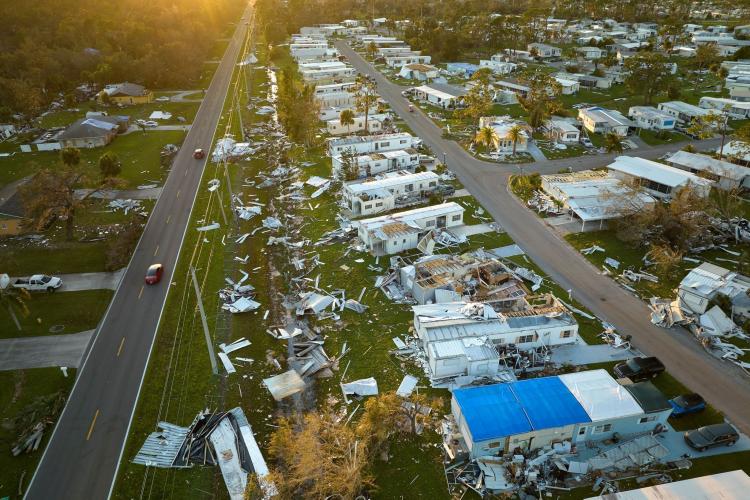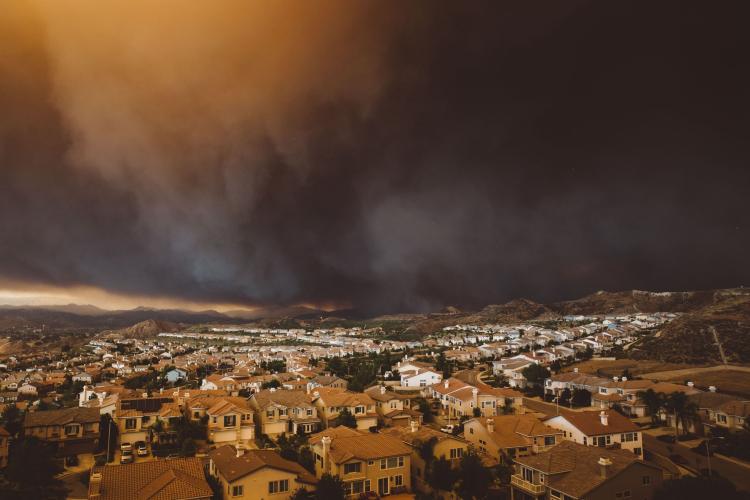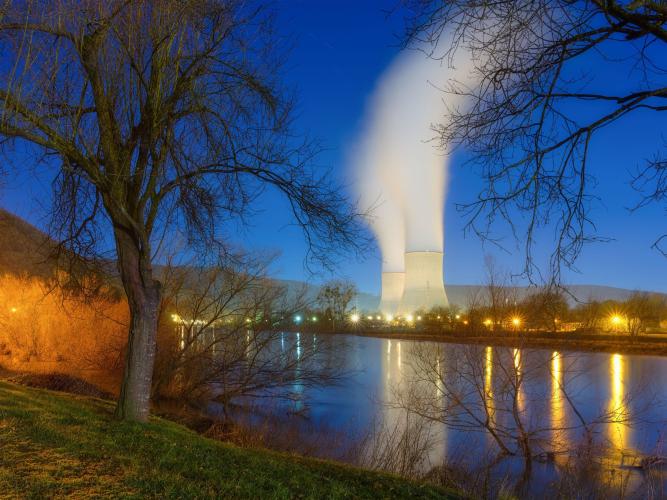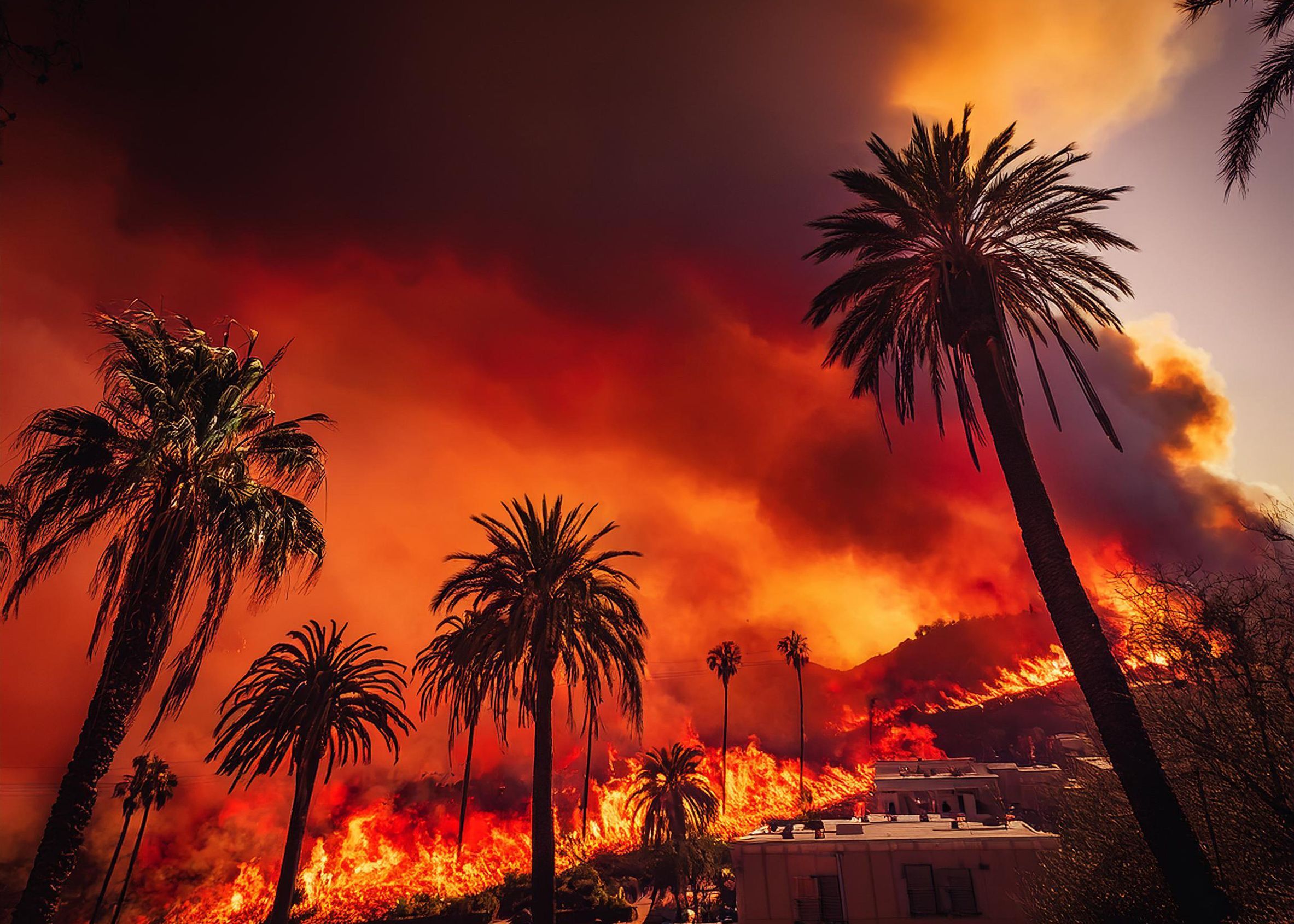
When Alerts Fail, Lives Are Lost
Envato
Outdated alert systems left Los Angeles unprepared for deadly wildfires in 2025, showing the urgent need for modern, tested public warning networks.
We hear of natural disasters in other countries that take more lives because warnings systems don’t exist. We expect better across the United States. But many communities have public alert systems that are often flawed, outdated, and untested.
We’re told to “be prepared,” but our local governments often fail to disclose the full extent of their own vulnerabilities. Just think of three deadly disasters where public warning systems cost lives in 2025: The Fourth of July floods in Texas, the May EF3 tornado that ripped through Saint Louis and that city’s failed outdoor sirens, or in January, and the deadly series failed alert systems that cost lives and property in the Los Angeles wildfires.
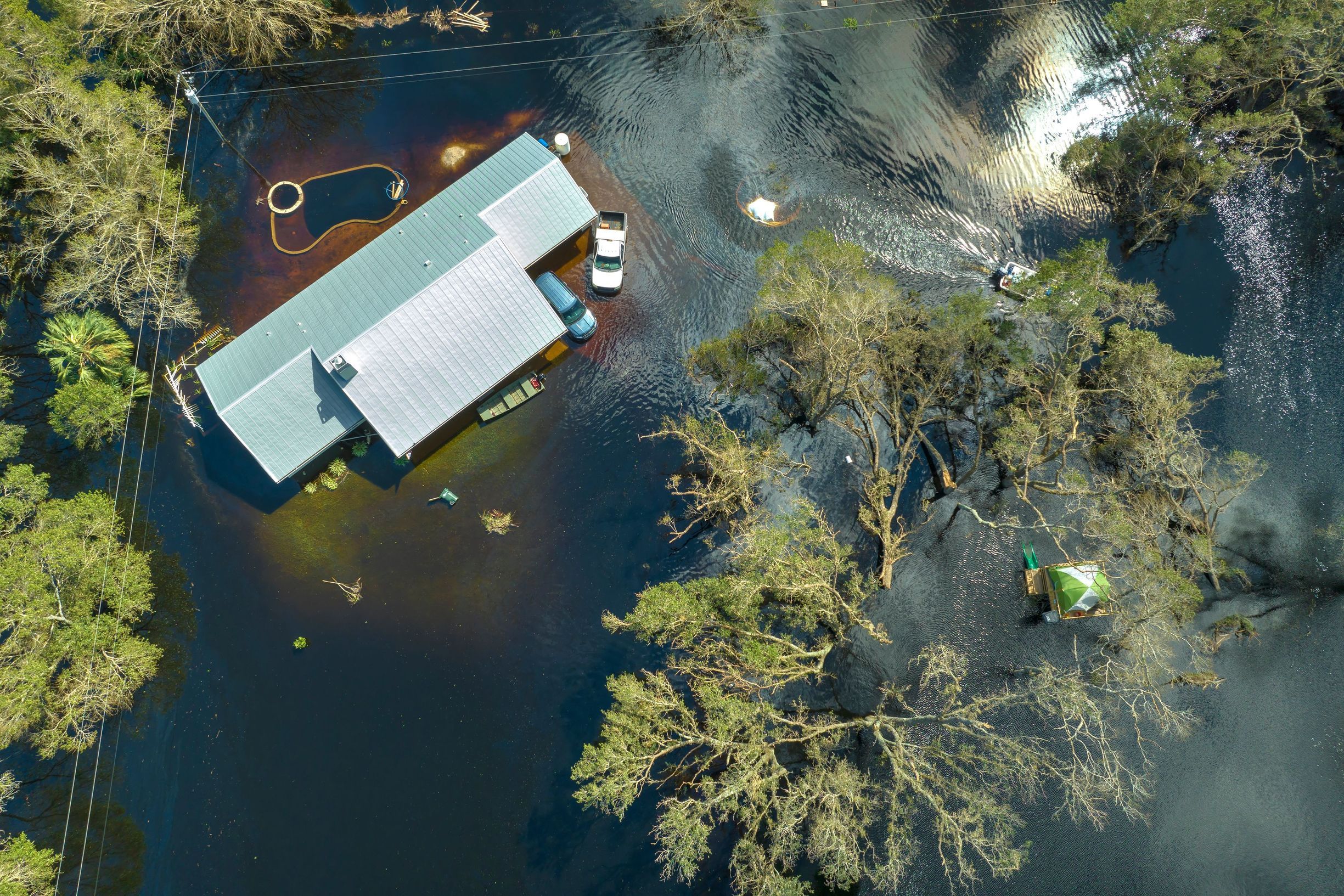
Flooded Homes, Broken Systems
Envato
Communities expect safety, yet flawed warning systems left families unprotected in floods from hurricanes and storms across the U.S. in 2025.

Flooded Homes, Broken Systems
Envato
Communities expect safety, yet flawed warning systems left families unprotected in floods from hurricanes and storms across the U.S. in 2025.
A Real-Life Alarm Failure: The Hawaii False Missile Alert
It’s not hard to imagine the deadly impact failing systems would create with nuclear energy involved. A harrowing example of this vulnerability occurred on a Saturday morning in January 2018, not in California, but in Hawaii. Residents woke up to an urgent emergency alert blaring on their phones, television, and radio: “BALLISTIC MISSILE THREAT INBOUND TO HAWAII. SEEK IMMEDIATE SHELTER. THIS IS NOT A DRILL.” For 38 agonizing minutes, the entire state believed they were under nuclear attack. The real failure wasn’t a missile, but a human error in the state’s emergency management agency. The operator had selected the wrong option during a shift change, and the system lacked the crucial checks and balances to prevent a false alarm from being broadcast to millions of people.
A Systemic Lack of Preparedness
The panic that ensued was a direct result of a lack of transparency and a flawed system. The incident exposed a profound gap in preparedness, not just in Hawaii but nationwide, raising serious questions about the reliability of our emergency alert systems. While the message wasn't related to a nearby nuclear plant, the event perfectly highlighted how easily public trust can be shattered when the very infrastructure meant to protect us fails. It showed that a patchwork of aging technology, a lack of redundancy, and poor communication protocols can leave a critical window of vulnerability wide open. This problem isn’t unique to one state. From coastal towns with rising sea levels to communities with industrial risks, the narratives are similar: public-facing preparedness campaigns often mask the fact that the governmental infrastructure itself is not ready.
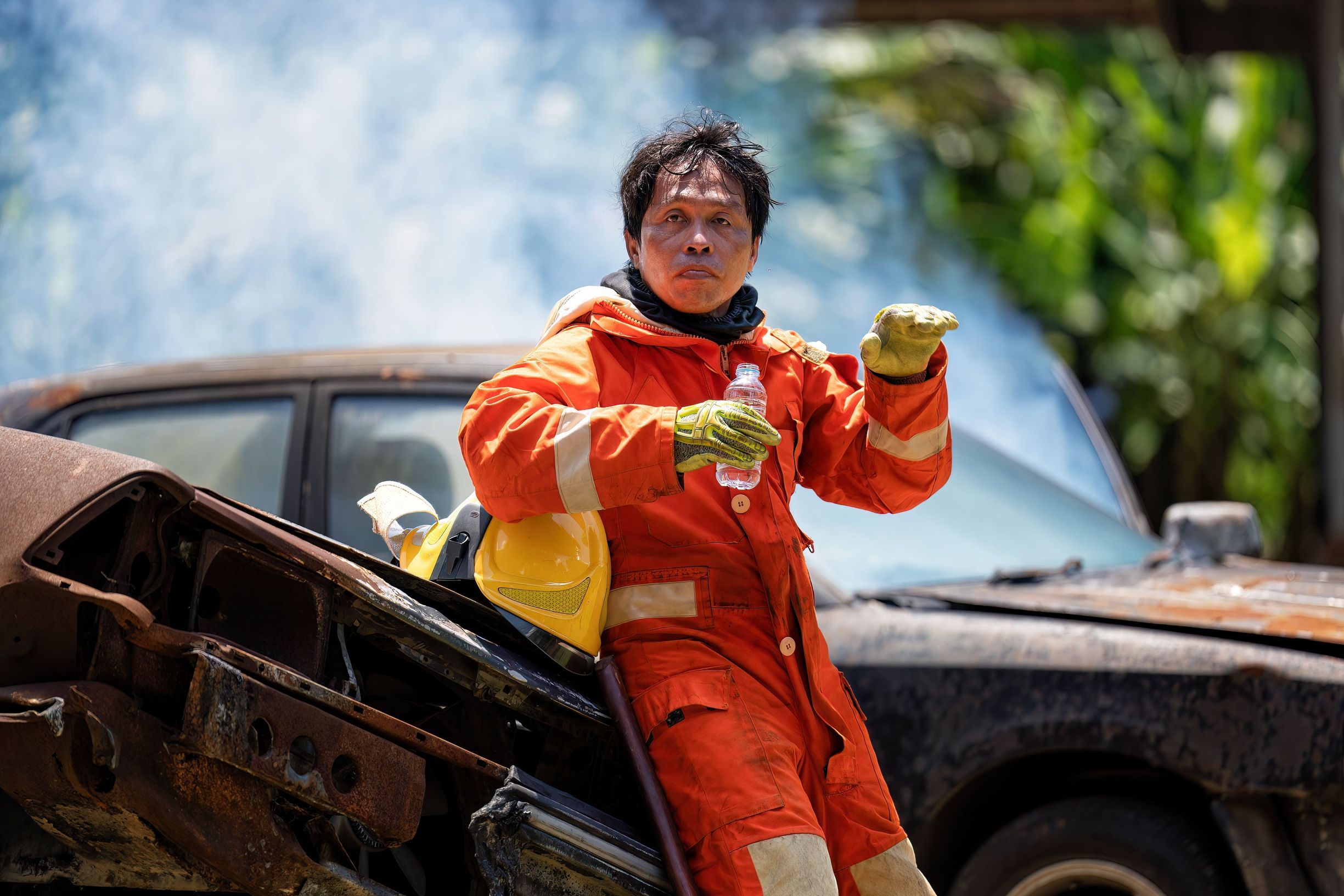
First Responders Can’t Do It Alone
Envato
Firefighters face the frontlines of climate disasters, but without reliable public warning systems, their efforts to save lives come too late.

First Responders Can’t Do It Alone
Envato
Firefighters face the frontlines of climate disasters, but without reliable public warning systems, their efforts to save lives come too late.
Demanding a Safer Future
The fight for true disaster preparedness isn’t just about stocking up on water and batteries. It’s about demanding transparency from the systems that claim to protect us. It’s about sounding the alarm on the very real risks that are often conveniently hidden from public view. Whether in neighborhood meetings, town council sessions, or county preparedness hearings, you can make a difference. State and federal governing agencies very much take their cue from the louder voices and votes that start with each of us.
